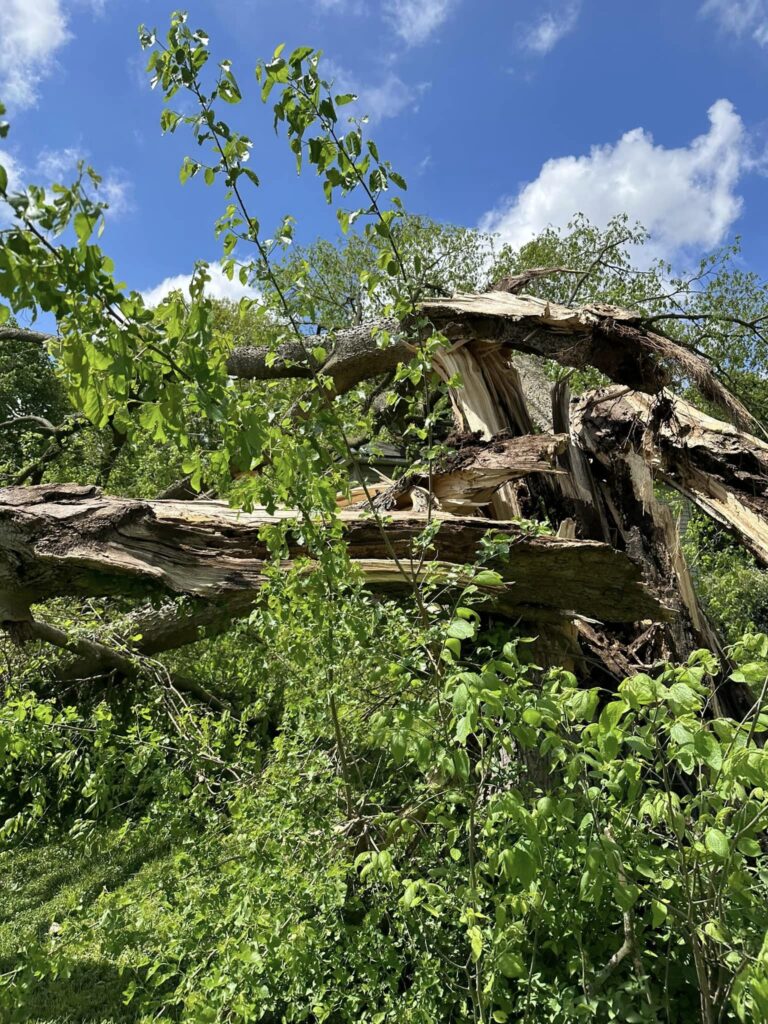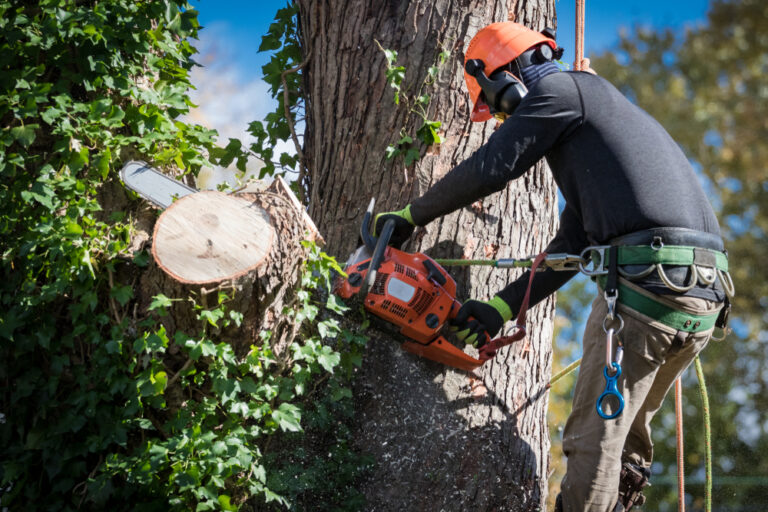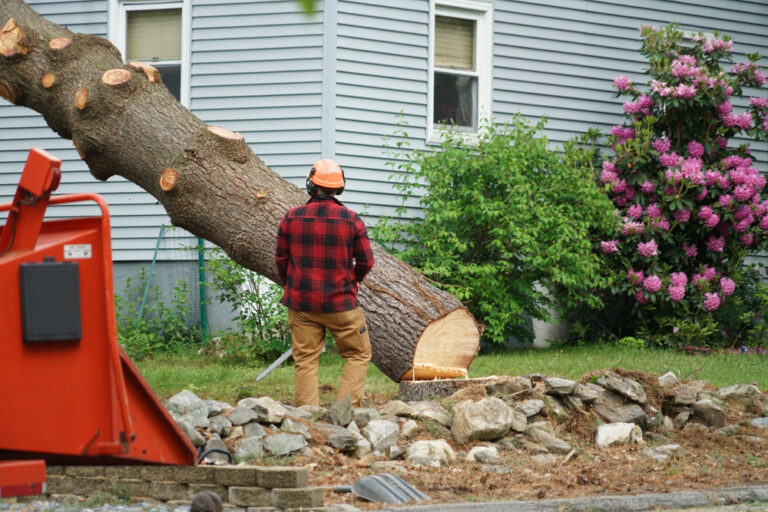Removing trees is a large operation requiring knowledge, expertise, and the correct tools; it is not only a basic backyard chore. Although some homeowners would be tempted to save money and do tree removal on their own, this choice can result in major hazards and repercussions. Though it could seem like a cheap and quick fix, do-it-yourself tree removal can sometimes do more damage than benefit. This tutorial will go over the hazards of do-it-yourself tree removal, stressing the hidden risks, typical errors, and reasons it is advisable to get a professional to perform this hazardous work.
The Allure of DIY Tree Removal
DIY tree removal appeals to many for a variety of reasons. First of all, it could look less costly than employing a qualified tree removal company. Taking care of an issue on your own also brings gratification as well as the conviction that it can be done quickly with the correct equipment. Sometimes homeowners may simply have to remove a few branches or a tiny tree, which would let them believe they can manage the work without any problems. These presumptions, however, can be deceptive since tree removal is a difficult work requiring thorough knowledge of the technique and cautious preparation.
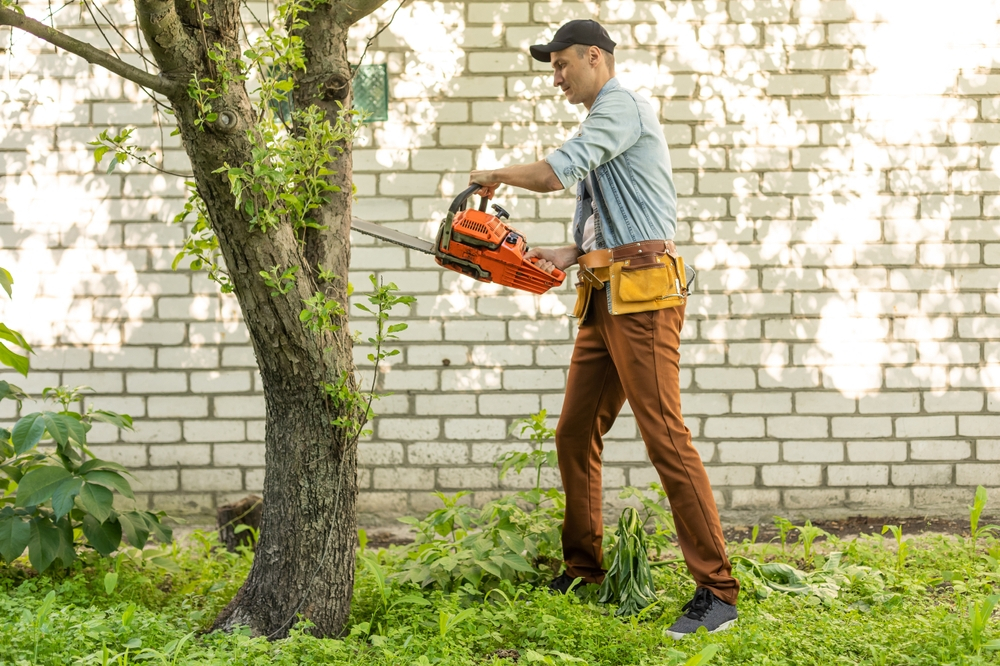
The Hidden Risks and Potential Consequences
Although doing DIY tree removal seems like a simple chore, homeowners sometimes ignore the various hazards involved. Although a tree can seem innocuous, cutting it down entails more than just slicing off at its trunk. The hazards are great from the likelihood of harm to possible damage to property or the surroundings. Let’s examine more closely the hidden risks involved in trying do-it-own tree removal.
Common Mistakes Made During DIY Tree Removal
- Underestimating Tree Size and Weight: Undervaluation of the size and weight of the tree is one of the most often occurring errors during do-it-yourself tree removal. Actually, what appears to be a little, under control tree could be far more weighty and massive than expected. While bigger trees can cause significant harm if they fall in the wrong direction, a little tree may have tough to remove deep roots. Cutting down a tree requires careful thought regarding weight and force since the fall of the tree may have dangerous results.
- Improper Cutting Techniques: Using the incorrect cutting techniques is another error. For someone without experience, cutting precisely at the right angles required to remove a tree can be challenging. Inappropriate cuts can lead the tree to fall randomly, maybe hurting the person downing it or bringing the tree down on neighboring buildings, cars, or electricity lines. For example, the tree could lean in the incorrect direction if the notch cut is insufficient, producing fatal outcomes.
- Neglecting Safety Gear: Although many do-it-yourselfers neglect to wear the required safety gear for tree removal, tree removal calls for it. If a tree falls on someone, even a seemingly little one can inflict major injuries; removing trees usually requires chainsaws, a deadly tool. Serious injuries can be avoided with protective gear like chaps, gloves, goggles, helmets, steel-toed boots. Without these safety measures, the potential of injury skyrocketing makes do-it-yourself tree removal more perilous.
- Ignoring Obstacles and Power Lines: Ignoring things like electricity lines, surrounding buildings, or other trees is another typical mistake. Near electricity lines, cutting down a tree runs quite dangerous and might cause electrocution. Should they fall in the wrong direction, trees close to houses or other buildings can also seriously compromise property value. Examining the surroundings of the tree and acting to avoid these challenges is absolutely essential before beginning.
The Physical Risks
DIY tree removal poses several physical risks that can cause injury or even death if proper care isn’t taken.
- Risk of Injury or Death: The most clear risk involved in taking down a tree is that of injury or death. One can get major injury by falling limbs, the tree itself, or even equipment. With a great frequency of injuries and deaths, tree clearance is actually among the most dangerous tasks available worldwide. Broken bones, brain damage, or worse can all be injuries; many mishaps occur when tree removers underestimate the fall of the tree or are taken off guard by its weight.
- Falling Debris and Limb Damage: Falling debris from a tree, including limbs and branches, can injure someone chopping it down. If they fall unexpectedly, even little limbs can be quite dangerous. Falling trash can also ruin fences, windows, and vehicles among other things. Should the tree be enormous, its limbs and branches could fall a great distance, seriously damaging the surrounding terrain.
- Back and Muscle Strain: Particularly if the tree is big or if the operation calls for heavy lifting, tree removal is physically taxing. Many do-it-yourselfers overlook the physical strain tree removal causes, which results in back discomfort, muscular tension, or worse. Lifting big logs or branches without the right tools or skill might cause long-term damage. Using cranes and winches to raise and remove big trees helps professionals minimize their body strain.
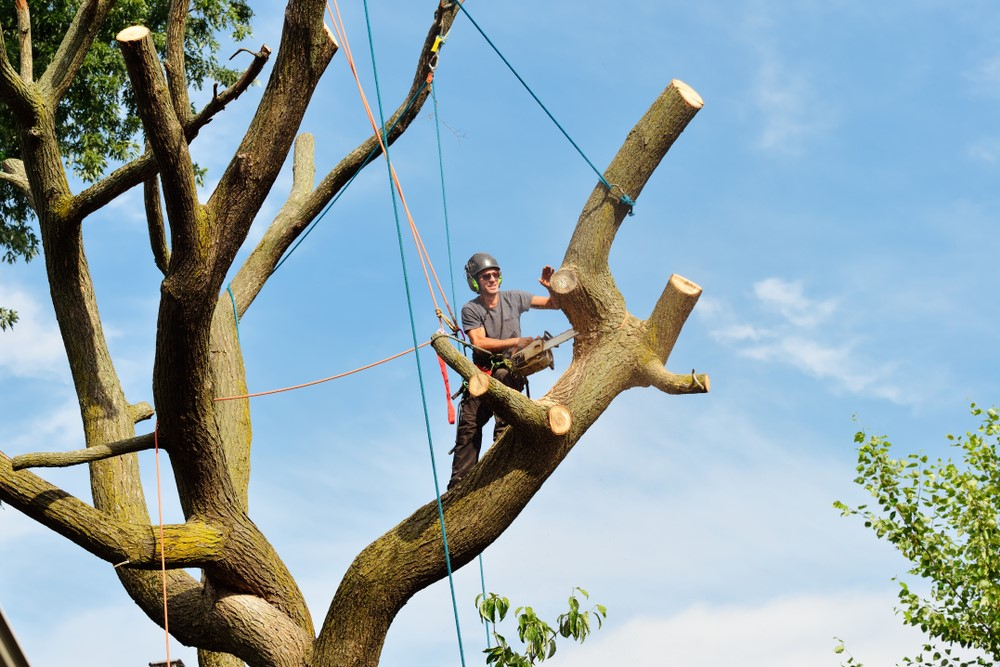
Potential for Property Damage
In addition to endangering the one cutting the tree, DIY tree removal can cause major property damage.
- Property Damage Liability: If a tree falls in the wrong direction and damages property such as a house, fence, or vehicle, the homeowner is financially responsible. Insurance companies may not cover the damage if the homeowner was attempting to remove the tree on their own without proper permits or safety measures. The cost of repairing property damage can easily surpass the cost of hiring a professional tree removal service.
- Utility Damage Costs: Cutting trees close to utility wires always runs the danger of compromising these vital services. Tree removal could compromise power lines, cable lines, even water or gas supplies. Apart from the possible safety risks should the tree come into touch with live power lines, the repair expenses for utility damage can be somewhat substantial.
- Zoning Violations and Permits: In some areas, removing a tree without the proper permits is against the law. Zoning violations can lead to fines and additional legal issues. Professional tree removal services are well-versed in local regulations and can ensure that the removal is done legally. This is an aspect that many DIYers overlook when planning their tree removal.
- Insurance Issues: Most homeowner insurance policies have specific guidelines regarding DIY tree removal. If the tree removal causes damage or injury, the insurance company may refuse to pay for damages if the proper procedures were not followed. Professional tree removal services typically have insurance that covers any damages during the process, ensuring peace of mind.
The Environmental Impact
Apart from the financial and personal concerns, do-it-yourself tree removal might harm the surroundings.
- Damage to Surrounding Trees and Plants: Incorrectly cutting down a tree might harm surrounding bushes, plants, even neighboring trees. Usually extending well beyond the trunk, a tree’s roots should not be removed without the appropriate tools or methods as this could damage neighboring flora. Furthermore, poorly disposed of tree waste can harm the environment much more if it is let to break down or not recycled correctly.
- Soil Erosion and Water Pollution: Furthermore leading to soil erosion is inappropriate removal of a tree. Through their roots, trees help to stabilize the ground and hence stop soil erosion. The dirt may readily wash away without this natural protection, flooding adjacent waterways or rivers with water. Local ecosystems can be upset, wildlife can suffer, and even neighboring human populations may be impacted.
- Disruption of Local Ecosystems: Local ecosystems revolve around trees since they offer food, cover, and oxygen. Eliminating a tree without thinking through the effects on wildlife might upset the nearby ecosystem and possibly drive away birds, insects, and other species depending on the tree for existence. Professional tree removal can be handled such that local wildlife is least disrupted.
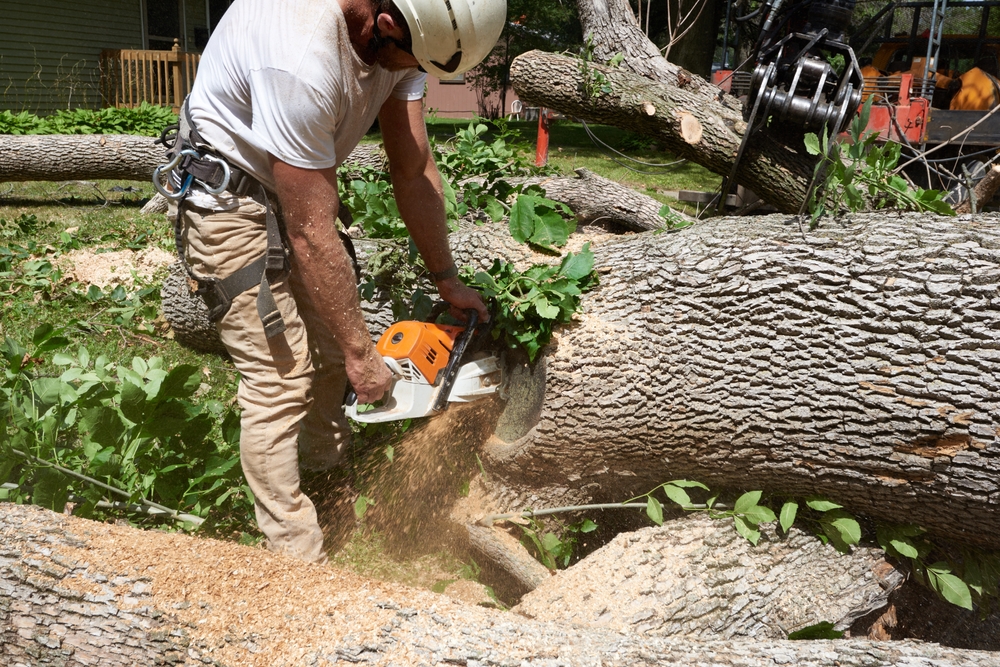
Conclusion
- Why Professional Tree Removal is Essential: Hiring a professional tree removal company is obviously the safest and more efficient choice considering the risks of do-it-yourself tree removal. Professionals have the tools, knowledge, and experience to properly remove trees reducing hazards to the environment, people, and property. They can also negotiate local zoning rules, get licenses, and guarantee a legally sound removal process.
- The Peace of Mind That Comes with Expert Service: Hiring a qualified tree removal company guarantees piece of mind in addition to your safety. You can be sure the work will be completed correctly free from risk of environmental damage, property damage, or injury. Whether the tree is big or tiny, a professional service guarantees effective removal of it so leaving your yard free from damage. Never compromise your property or health; rely on professionals to remove trees and take advantage of their experience.
Tree Trimming Richmond
(804) 533-3943
https://treetrimmingrichmond.com/

